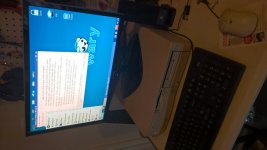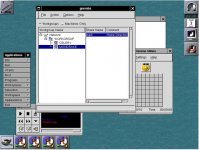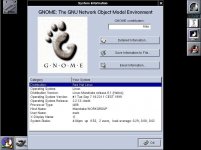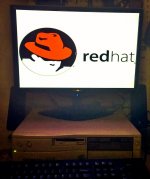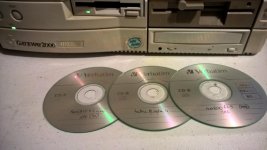GIO
New Member
I have a Gateway 2000 desktop I'm trying to revive. I've had it since new: 486-33, Adaptec SCSI controller, 2 HDDs, 5 1/4 & 3 1/2 inch FDDs, CD ROM, 640K RAM. Sony monitor, all docs and lots of software. Recovered dead CMOS power with new battery pack but currently struggling with EISA configuration. Trouble is it keeps asking for a "System Configuration Diskette" to proceed and finish, but won't accept anything I give it. Please let me know if you can shed any light on this situation. I also have an extra bare 486-33 EISA mother board if your interested.

